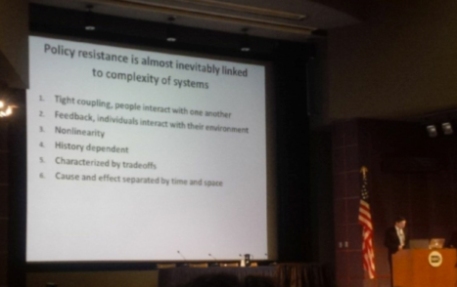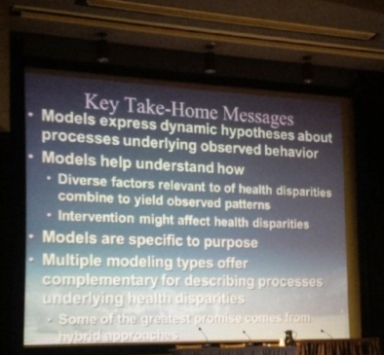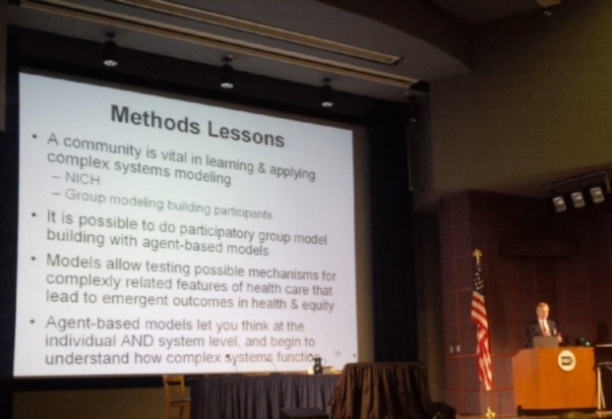Our work within Public Health Insight aims to generate evidence-informed solutions for decision makers. Public Health Insight incorporates the Cochrane Public Health Group (CPHG) and we thought it was time to provide an update on the work of CPHG and highlight the scope of our Cochrane reviews.
By way of background, in 2005 the World Health Organisation (WHO) convened the Commission on Social Determinants of Health to determine the available evidence globally on health inequities. The ultimate goal of the commission was to identify strategies to curb the increase in inequities.
The results suggested that inequities were not naturally occurring and could be avoidable by improving policy choices, i.e. acting on the social and structural determinants of population health.
In 2008, the Cochrane Public Health Group (CPHG) was registered as an editorial group with the international Cochrane Collaboration to address these challenges. Our mandate is to produce systematic reviews of interventions that seek to support decision-making involving the upstream determinants of health. Our group filled a crucial gap in the existing coverage of Cochrane review topics relevant to global population-level health evidence.
CPHG authors, guided by our editorial team, have utilised contemporary systematic review methods to identify not only whether interventions work, but the ability of these interventions to reduce inequities. Our reviews also seek to identify pointers to potential ineffectiveness or harm (including inequities) due to implementation or resource issues. We understand the need for decision-makers to have access to information about how to implement effective interventions in their own contexts. Review authors are also asked to highlight issues for low and middle income countries, often in the absence of good quality evidence in these countries.
The CPHG works with the Campbell and Cochrane Equity Methods Group to encourage authors to utilise the PROGRESS (Places of residence, race/ethnicity, occupation, gender, religion, socioeconomic status and social capital) tool for extracting data and reporting outcomes.
We currently have a wide range of reviews published or underway (see below). If you are interested in learning more visit our website and please join us on Twitter (@CochranePH), where you will be notified of exciting new reviews published and other news items of relevance to evidence-informed public health. If you are interested in being involved in any of the topics (for example, by commenting as a content expert) contact our Managing Editor (Jodie Doyle: jodied@unimelb.edu.au).
Education
- Later school start times for supporting the education, health and well-being of high school students
- Interventions for enhancing the implementation of school-based policies or practices targeting risk factors for chronic disease
- Interventions for enhancing the implementation of policies or practices supportive of healthy eating, physical activity, and obesity
- prevention in child care settings
- Education support services for improving school engagement and academic performance of children and adolescents with a chronic health condition
Employment & the Work Environment
- Flexible working conditions and their effects on employee health and wellbeing
- Workplace-based organisational interventions to prevent and control obesity by improving dietary intake and/or increasing physical activity
Food Supply/Access and Public Health Nutrition
- Staple crops biofortified with increased micronutrient content for improving vitamin and mineral status in populations
- Interventions for preventing undernutrition in children (0-5 years) living in slum environments Portion, package or tableware size for changing consumption of food, alcohol and tobacco
- Policy level and environmental interventions for reducing the consumption of non-alcoholic sweet drinks among children
- Interventions for preventing obesity in children
- Interventions for preventing obesity in children: an overview of systematic reviews
- Iodine fortification of foods and condiments, other than salt, for preventing iodine deficiency disorders
- Nutritional labelling to promote healthier food purchasing and consumption
- Fortification of condiments and seasonings with iron for preventing anaemia and improving health
- Community-level interventions to improve food security in developed countries
- Community-level interventions for improving access to food in low- and middle-income countries
- Fortification of rice with vitamins and minerals for addressing micronutrient malnutritition
- Fortification of staple foods with vitamin A for preventing vitamin A deficiency
- Wheat flour fortification with iron for reducing anaemia and improving iron status in whole and at-risk populations
- Fortification of maize flour with iron for preventing anaemia and iron deficiency in populations
- Fortification of wheat and maize flour with folic acid for population health outcomes
- Population-level interventions in government jurisdictions for dietary sodium reduction
- Food fortification with calcium and vitamin D: impact on health outcomes
- Fortification of staple foods with zinc for improving health outcomes in the general population
- Food fortification with multiple micronutrients: impact on health outcomes
Housing and the Built Environment
- Housing improvements for health and associated socio-economic outcomes
- Built environment interventions for physical activity in adults and children
- Interventions to improve water quality and supply, sanitation and hygiene practices, and their effects on the nutritional status of children
- Slum upgrading strategies and their effects on health and social outcomes
- Interventions to reduce ambient particulate matter air pollution and their effect on health
Income Distribution and Financial Interventions
- Welfare to work interventions and their effects on the health and wellbeing of lone parents and their children
- In-work tax credits for families and their impact on health status in adults
- Unconditional cash transfers for assistance in humanitarian disasters: effect on use of health services and health outcomes in low and middle income countries
- Unconditional cash transfers for reducing poverty and vulnerabilities: effect on use of health services and health outcomes in low and middle income countries
- Livestock development programs: effects on indicators of livelihood and health status for families in low and middle income countries
Natural Environment
- Interventions for reducing adverse health effects of high temperature and heatwaves
- Participation in environmental enhancement and conservation activities for health and well-being in adults
- Participation in outdoor education programs in natural environments and children’s health
Public Safety
- Interventions for preventing abuse in the elderly
Social Networks/Support
- Social cohesion and community building interventions in local communities for improving health and quality of life
- Interventions for promoting reintegration and reducing harmful behaviour and lifestyles in street-connected children and young people
- Community coalition-driven interventions to reduce health disparities among racial and ethnic minority populations
- Individual-, family-, and school-level interventions for preventing multiple risk behaviours in individuals aged 8 to 25 years
- Population-level intervention for preventing multiple risk behaviours in 8 to 25 year olds
Systems for Health
- Interventions implemented through sporting organisations for increasing participation in sport
- Policy interventions implemented through sporting organisations for promoting healthy behaviour change
- Interventions for enhancing the implementation of school-based policies or practices targeting risk factors for chronic disease
- Interventions for enhancing the implementation of policies or practices supportive of healthy eating, physical activity, and obesity prevention in childcare services
- Portion, package or tableware size for changing consumption of food, alcohol and tobacco
- Collaboration between local health and local government agencies for health improvement
- Service brokerage for improving health outcomes in ex-prisoners (previously entitled, Population level interventions for improving health outcomes in ex-prisoners)
- Community-based, population level interventions for promoting child oral health
- Knowledge translation strategies for facilitating evidence-informed public health decision making among managers and policymakers
- Interventions for improving the use of the oral healthcare services by adults
Transport, Active Transport and Physical Activity
- Legislative and engineering interventions for preventing road traffic injuries and fatalities among vulnerable road users (nonmotorised road users and motorised two-wheel road users) in low and middle income countries
- Community wide interventions for increasing physical activity
- Environmental and behavioural interventions for reducing sedentary behaviour in community dwelling older adults
- Public health interventions for increasing physical activity in adults, adolescents and children: an overview of systematic reviews
- Workplace based organisational interventions to prevent and control obesity by improving dietary intake and/or increasing physical activity
- Interventions for enhancing the implementation of policies or practices supportive of healthy eating, physical activity, and obesity prevention in child care settings
- Built environment interventions for physical activity in adults and children
- Incentive-based interventions to increase physical activity
- Interventions for preventing obesity in children
- Interventions for preventing obesity in children: an overview of systematic reviews





